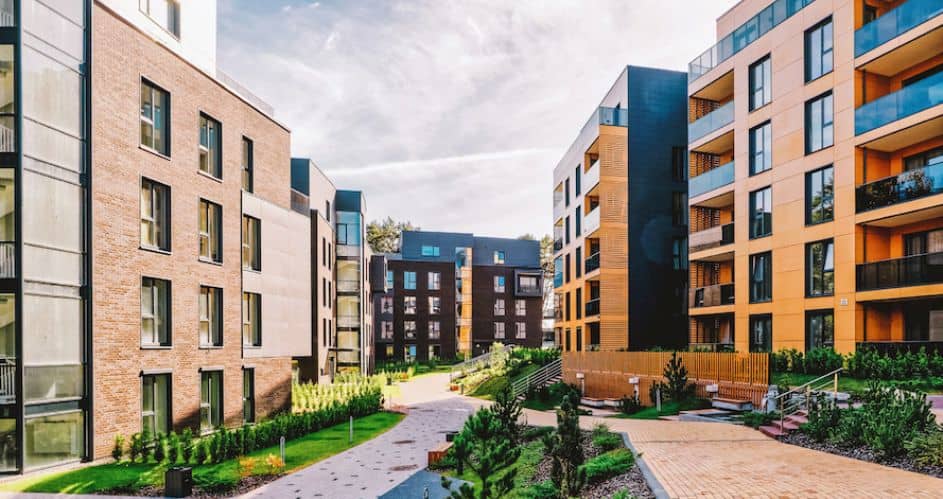
Real estate agents play a crucial role in the success of any real estate transaction. Presenting a property in the best possible light is essential in order to attract buyers and get the best price.
Today, virtual tours are becoming an increasingly popular way for real estate agents to market and showcase a property.
Virtual tour of real estate provide potential buyers with an immersive experience that allows them to explore a property from the comfort of their own home. In this guide, we’ll look at how real estate agents can use virtual tours to showcase a property and attract more buyers.
What is a Virtual Tour?
A virtual tour is an online experience that allows users to explore a property in an interactive, 360-degree environment.
Virtual tours can be experienced through websites, apps, and virtual reality headsets. They are a great way for potential buyers to familiarize themselves with a property and its features without actually visiting the property in person.
Advantages of Virtual Tours for Real Estate Agents
Virtual tours offer many advantages for real estate agents. Here are some of the most important benefits:
• Increased Engagement:
Virtual tours offer an immersive experience that will engage potential buyers and help them connect with a property.
• Increased Reach:
Virtual tours can be shared easily across multiple platforms and can reach potential buyers anywhere in the world.
• Increased Accessibility:
Virtual tours provide potential buyers with the ability to explore a property at any time and from any location.
• Increased Visibility:
Virtual tours can be used to showcase a property’s features in the best possible light, which can help to attract more buyers.
• Increased Efficiency:
Virtual tours allow real estate agents to save time and effort by reducing the need to physically show a property to potential buyers.
How to Create a Virtual Tour ?
Creating a virtual tour of a property is relatively simple. Here are the steps you should follow:
Step 1: Gather the Necessary Equipment
To create a virtual tour, you’ll need to gather the necessary equipment. This includes a digital camera, a tripod, and a 360-degree tripod head.
Step 2: Take Photos of the Property
Once you have the necessary equipment, you can begin taking photos of the property. It’s important to take multiple photos from different angles and perspectives. This will ensure that the virtual tour has a complete view of the property.
Step 3: Create the Virtual Tour
Once you’ve taken the necessary photos, you can begin creating the virtual tour. There are a variety of tools and platforms that you can use to create a virtual tour.
Step 4: Publish the Virtual Tour
Once you’ve created the virtual tour, you can publish it online. You can publish it on your website, social media channels, or other online platforms.
Tips for Creating Effective Virtual Tours
Creating an effective virtual tour requires some thought and planning. Here are some tips to ensure your virtual tour is successful:
• Focus on Quality:
Make sure your photos are of high quality and in focus. Poor quality photos can make a virtual tour less effective.
• Highlight Features:
Take time to highlight the features of the property that potential buyers may find attractive. This can help to attract more buyers.
• Use Background Music:
Adding background music to your virtual tour can help to make it more engaging.
• Tell a Story:
Use the virtual tour to tell a story about the property. This can help to create an emotional connection between potential buyers and the property.
Conclusion
Virtual tours are a great way for real estate agents to showcase a property and attract potential buyers. By following the steps outlined in this guide, you can create an effective virtual tour that will engage potential buyers and help you get the best price for your property.
